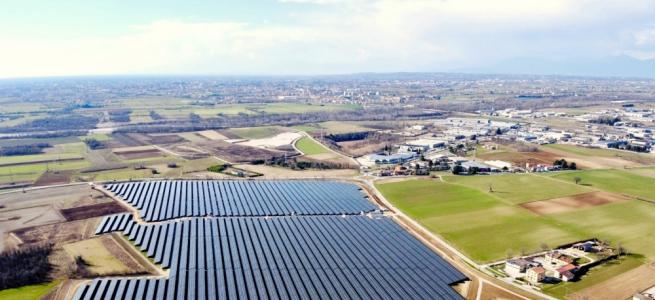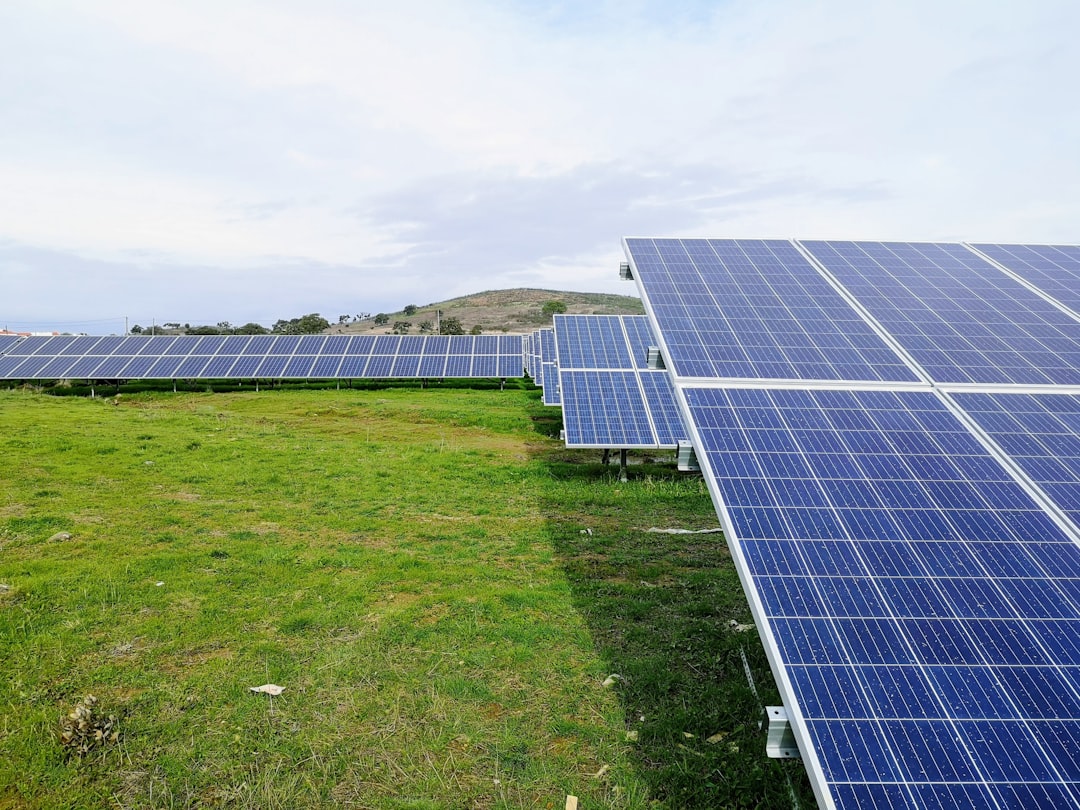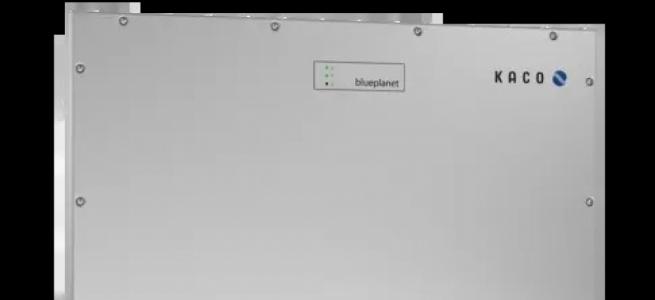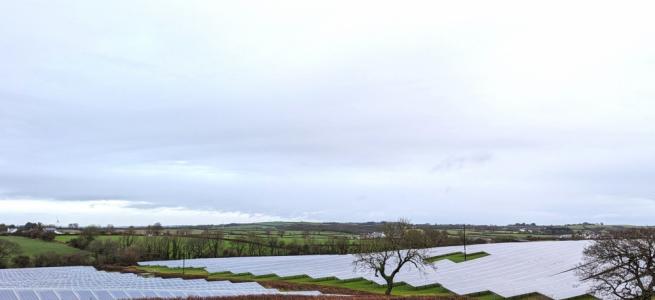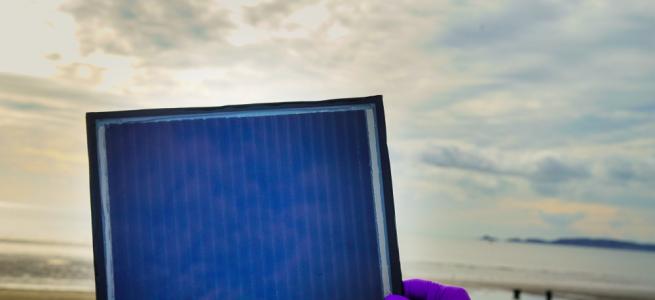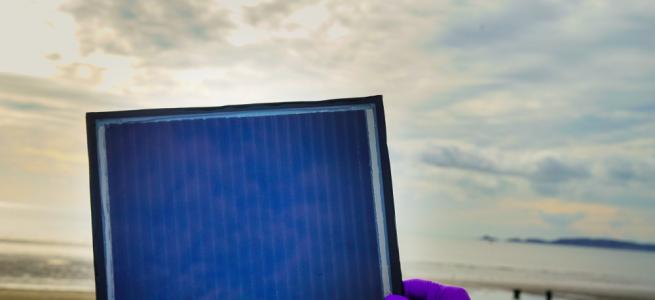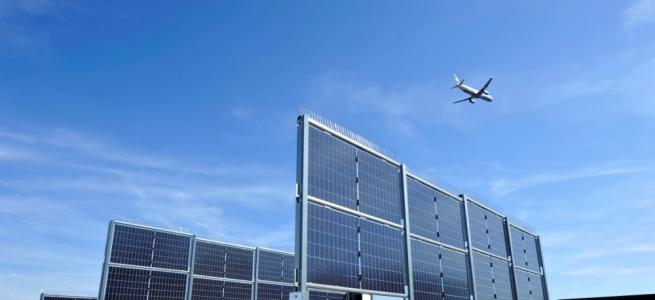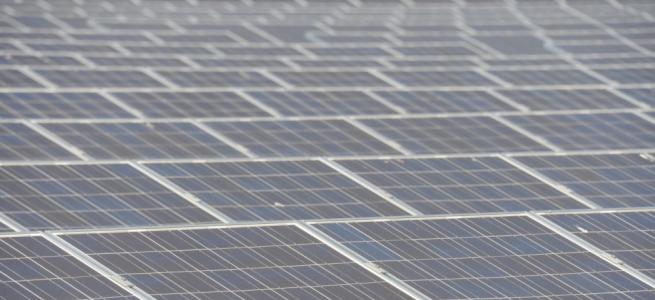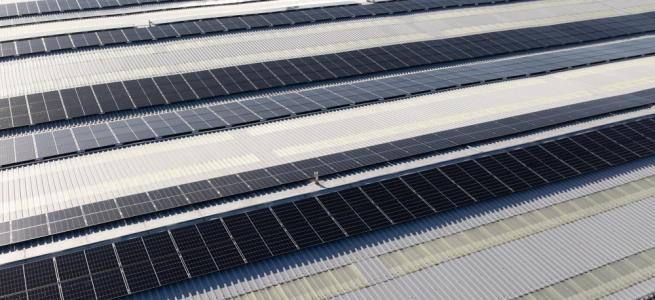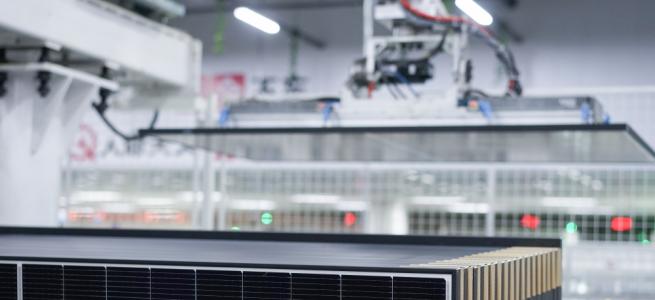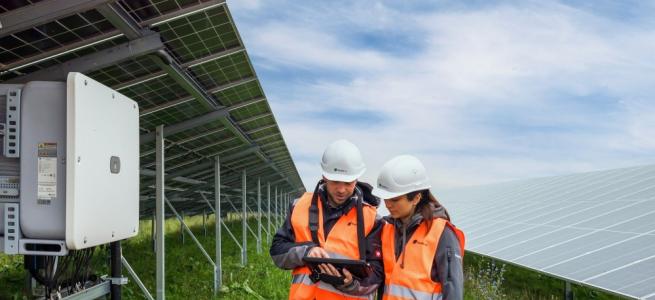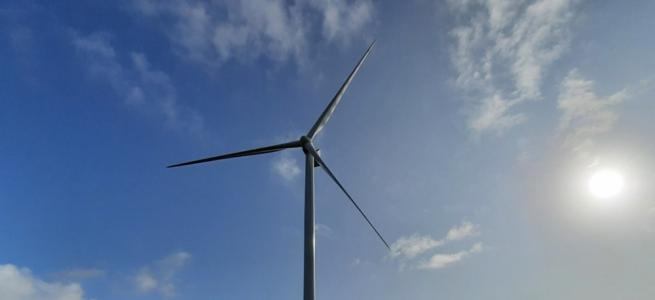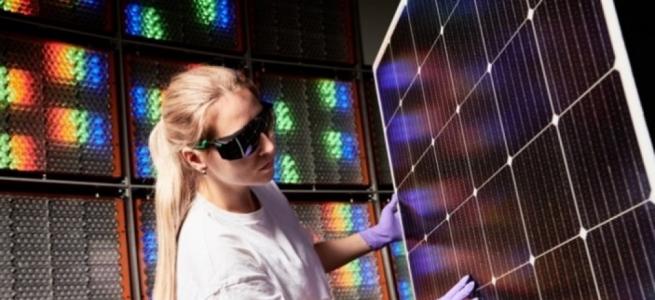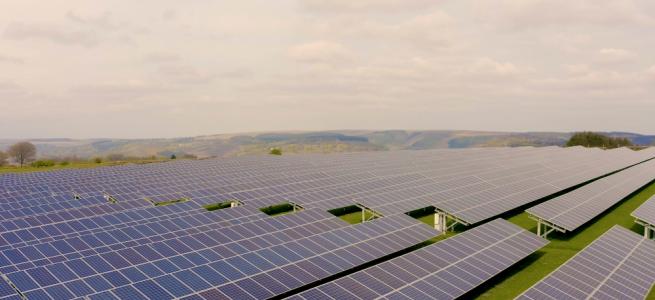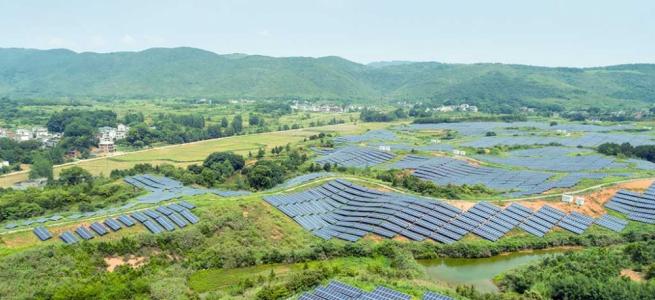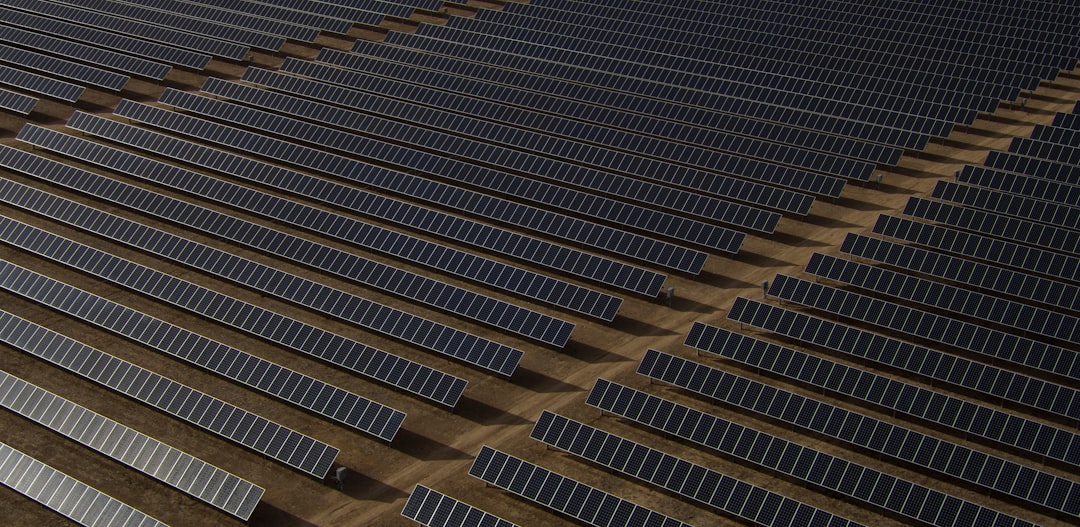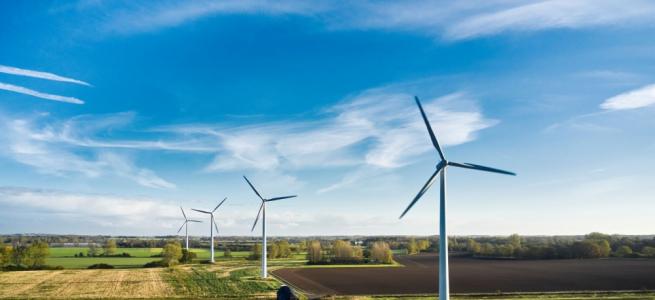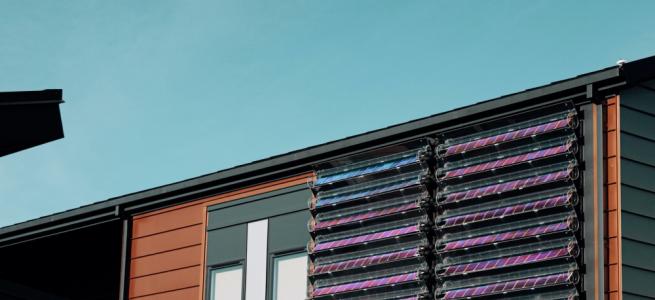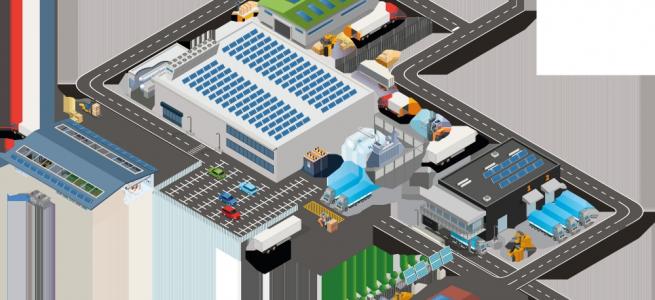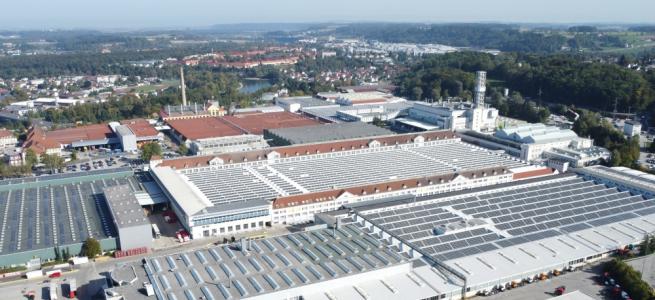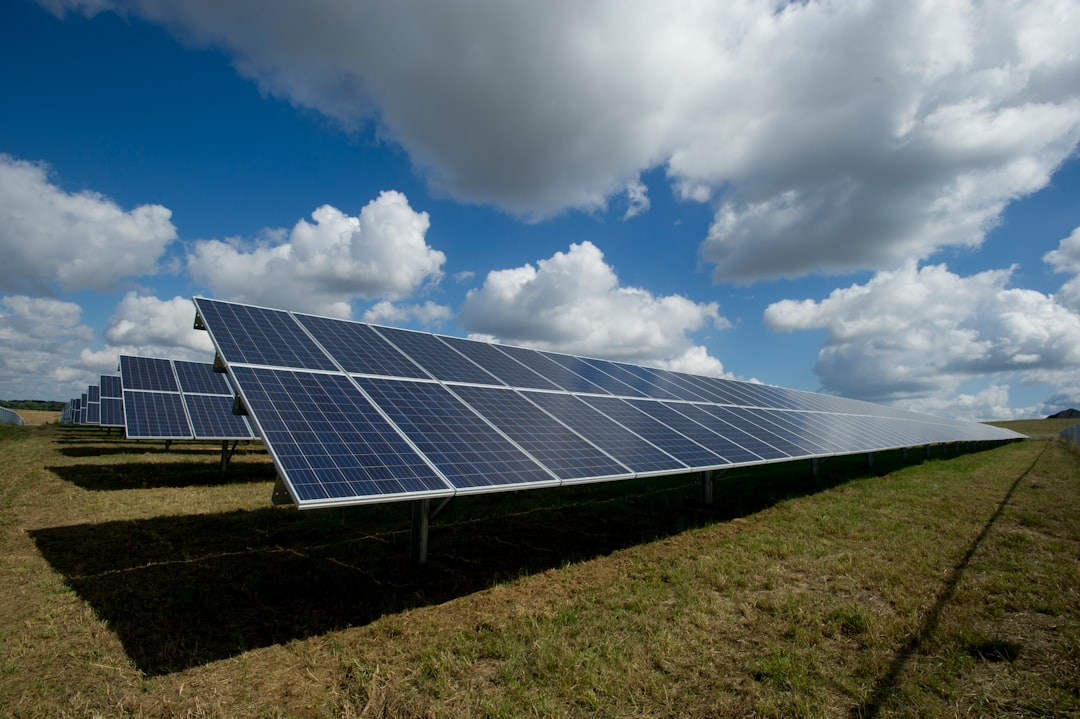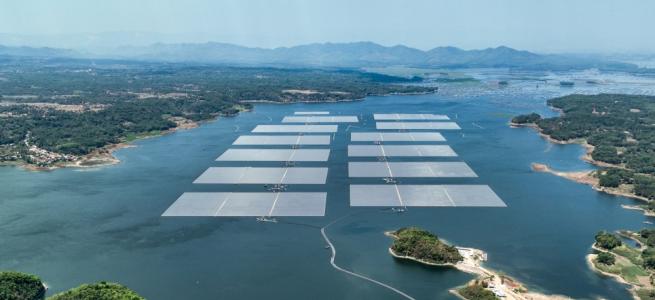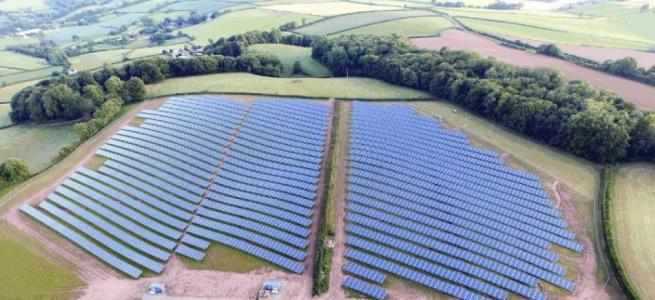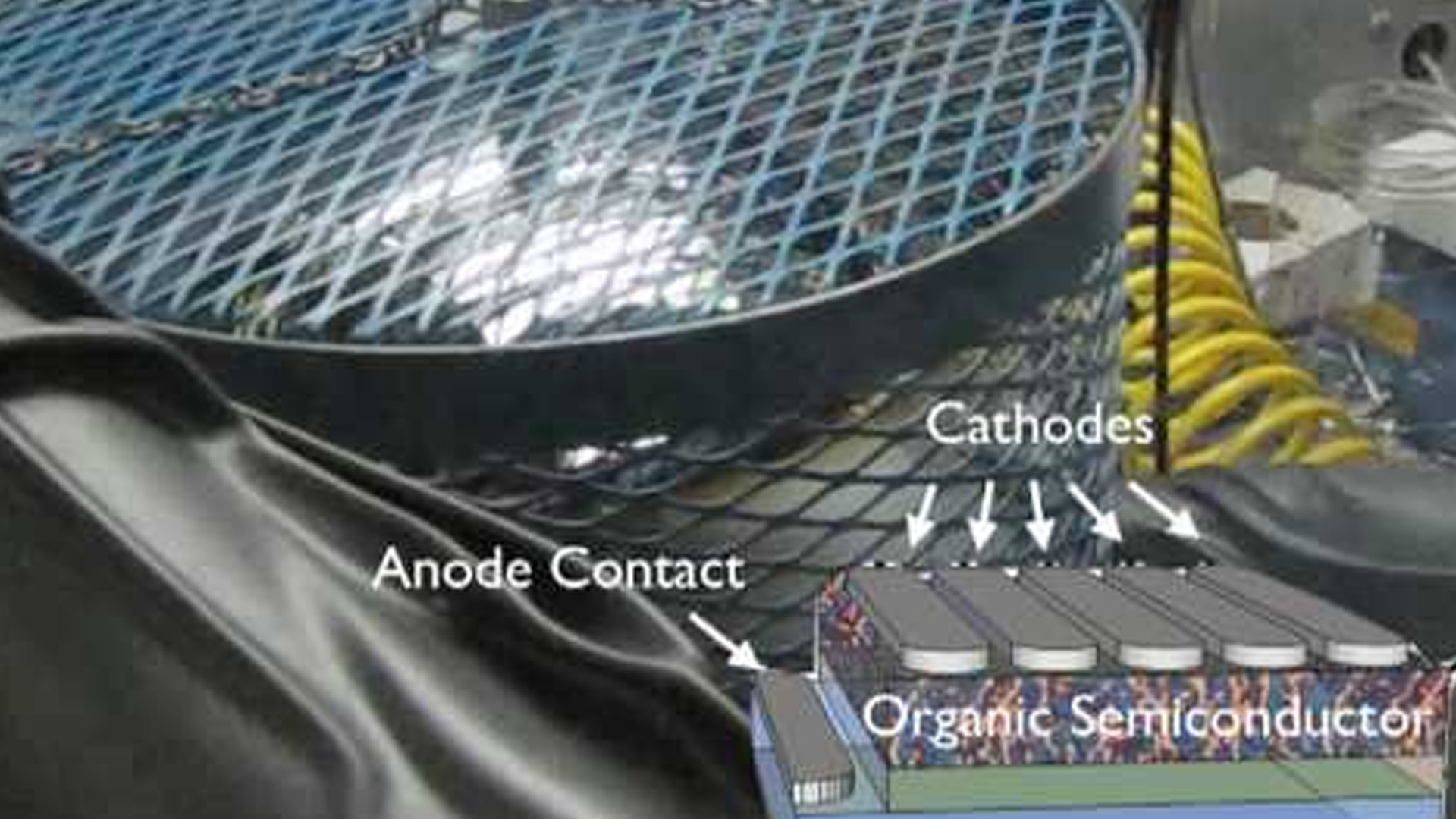The emerging trend for self-consumption

For off-grid electricity supply PV panels and battery generators are essential components, but these are not technologies that have been designed with each other in mind. Conventional lead-acid batteries, widely commercialised for automobile starting, lighting and ignition, are cheap but over the 20 year lifetime of a typical solar panel, they will need to be replaced several times. Efforts to commercialize storage technologies for stationary PV applications are gathering pace.
Electricity storage and management is a complex field and companies with understanding and knowledge of it are in a strong position to supply the emerging trend for PV self-consumption. Storage and management systems enable owners to use up to 60% of the energy their panel produces, significantly more than is possible with just a panel and no storage. According to Photon Consulting by 2016 as much as 15% of new PV installations worldwide will include storage. PV module makers, inverter companies and component and system suppliers are converging on the opportunities afforded by the grid-connected stationary storage market in the coming years.
One of these is Tenesol, which was set up over 15 years ago by the oil and gas company Total to manufacture solar panels before expanding into supplying and installing PV systems, specializing in off-grid. Tenesol's off-grid PV business spans energy, pumping and telecoms industries, private residential and regional authorities. Its off-grid markets include the French overseas territories, which are mainly made up of islands where the electricity grid infrastructure is non-existent or very basic, mobile telecoms providers across the African continent and the oil and gas sectors in the Middle East and North Africa. The company has built up extensive experience in supplying and installing off-grid PV systems. Earlier this year Total sold Tenesol to SunPower, in which it is also a shareholder.
About 10 years ago Tenesol began exploring a new kind of battery, based on lithium-ion technology. Collaborating with lithium-ion battery (LIB) producer Saft, Tenesol designed and studied a stationary system application and from the results the decision to go into the prototyping was made. To do this Tenesol established the Sol-ion project in 2008 with a consortium of French and German companies and research institutes to benefit from subsidies and support from both governments.
In the project 75 battery systems have been installed and field tested, with Tenesol coordinating installations in France and its overseas territories, including Guadeloupe, and inverter company Voltwerk coordinating trials in Germany. Based on the results of the field trials, in which the batteries reached 97% efficiency, Tenesol introduced a new PV energy conversion and storage system, called Sun Smart+ last year. The systems enable solar power to be time shifted, allowing grid connected PV households to consume the energy they produce as well as feeding excess into the grid. The system provides energy conversion and system management. The functions of Sun Smart + include multidirectional energy flows, self-consumption, grid support and back-up and can be retrofitted to residential and small commercial systems, accommodating PV energy production of up to 5 kWp for more than 20 years using LIBs rated from 8-13 kWh.
Jean-Christian Marcel, Tenesol's R&D projects coordinator, says: "I have been involved in the off-grid PV field for over 15 years and the weak point was always the battery, especially where it was difficult to understand the lifetime of conventional lead-acid batteries and the behaviour of the user. While Tenesol has carved out a profitable business in off-grid PV in the intervening years, he says, "As the smart grid model evolves there is a good chance that energy storage will come back in force and LIB will enable it, no question."
Products and partnerships
Through its acquisition of Sanyo in late 2009 Japan's Panasonic is one of the leading suppliers of batteries for electric and hybrid vehicle (e-mobility) market, with customers that include Tesla and Ford. LIBs for electric vehicles have high levels of energy density and high power-to-weight ratios, because smaller and lighter batteries reduce vehicle weight. Now Panasonic is investigating how it can adapt its mature LIB cell recipes and come up with designs more tailored for the stationary storage market, where cutting costs is the most important metric, over maximising power-to-weight ratios for stationary storage, particularly for community and large-scale storage applications.
Panasonic is also supplying its latest large-scale LIB battery packs for a storage system designed for the PV self-consumption market by German engineering firm E3/DC, a subsidiary of EWE AG. E3/DC's product, called S10, was field tested in Germany in 2011 and could be introduced for sale towards the end of 2012, or early 2013. The system has a nominal capacity of 1.35 kWh, which stores excess energy generated from the PV panel during daytime peak hours of sunlight and discharges the energy as needed. The battery has a life time of 5000 cycles, for long term operation that is on par with the PV panel lifetime, based on the conditions of about 80% depth of discharge and normal temperature. A battery management system designed to control charge and discharge of the battery is also included allowing users to remotely monitor the status of the system and battery.
Recently E3/DC announced it was working with Trina Solar to bring to market next-generation storage systems for homes and small businesses, for self-consumption. Products will be introduced in mid-2013 in Europe and parts of Asia.
The self-consumption market is spurring partnerships and joint ventures between PV module producers and providers of storage and management technologies as PV companies look to enlarge their offerings in a market where panels have rapidly commoditised in the past few years. Through acquiring Sanyo, Panasonic has also gained access to high efficiency PV cell and module technology developed by Sanyo.
"Panasonic is now focused on how it can align its storage and solar businesses and take advantage of its PV and battery technologies, to provide integrated PV-storage systems. We are actively shifting our internal structures to take leverage these strengths," says Mark Waring, business strategy director at the Silicon Valley Technical Center of Panasonic North America.
A few months ago South Korean PV module producer Hanwha SolarOne made an $8 million investment in Silent Power, a Minnesota-based business. Silent Power developed energy storage and management systems for the off-grid market. With the investment by Hanwha SolarOne the company will focus on its self-contained grid-compatible storage management system OnDemand Energy Appliance. Hanwha Solar One plans to introduce a complete PV and storage packaged offering at Solar Power International. OnDemand is safe for home use (UL approved). OnDemand is designed to be battery agnostic and is compatible with LIB, lead-acid and advanced lead acid, depending on the user's budget and requirements and includes inverters and connections, such as DC-DC and AC-DC, control panel and interface, all housed in a cabinet.
"The system is software-intensive making it flexible to be configured for different markets," explains the company's senior vice president, John Frederick.
Axion Power International is breathing life into lead-acid technology for the US residential storage market. The company, which has rejuvenated the traditional lead-acid battery with the addition of carbon, is supplying Florida-based Rosewater Energy Group for the company's new product, the Residential Energy Storage Hub, being launched in September 2012. Joe Piccirilli, MD of Rosewater Energy Group, says the company is targeting high-end homes and residences with the system, where typically owners are prepared to spend a lot of income on electronic gadgets and home entertainment systems and expect a high quality power supply to serve their homes, whatever the source of electricity.
The hub serves as an uninterruptible power supply (UPS) for the home and also conditions incoming utility and auxiliary power while allowing integration of solar energy. The hub acts as a surge protector and assures that, regardless of source, the connected circuits will always see pure sine waves at 110 volts and 60 cycles. It will also allow the user to participate in demand/response programmes from their local utilities and go off-grid, enabling power independence. Axion Power's lead-carbon battery used in the system ensures at least five times the cycle life of traditional lead acid batteries, is safe for home use (UL approved) and is over 99% recyclable. The Residential Energy Storage Hub uses 10 kW/12 kWh power quality conversion switchgear. This is able to correct many of the power quality problems that can occur with power from the grid, renewables and backup generators.
Piccirilli says the advanced lead-acid technology developed by Axion has additional advantages as it is able to leverage a very established manufacturing base, where lead acid factories initially built for the automotive sector can be upgraded, reducing capital expenditure on establishing new production lines and equipment necessitated by LIB.
Broader market drivers
According to the consultancy EuPD Research, in Germany, while the self-consumption storage market is likely to provide opportunities for cheaper battery technologies based on lead-acid in the near-term, the LIB stationary storage market will grow as products come down in cost with some analysts forecasting costs to come down by as much as two-thirds over the next 10 years. Three years ago, Dispatch Energy was set up in Germany to commercialise advance LIB technology to smooth the continued expansion of PV into the grid, initially developing products for the small scale/residential market. Dispatch Energy's LIB technology meets several criteria for the stationary storage market. These are high calendar lifetimes, intrinsic safety and full cycle activities including 100% depth of discharge, ideal for stationary storage. These advantages are due to the use of lithium titanate spinel as the anode material in place of more commonly used carbon, such as graphite.
Dispatch Energy has been developing the cell technology for commercial markets, scaling up production of the cells "“ based on technology developed within Fraunhofer Institute of Silicon Technology in Itzehoe "“ by working closely with equipment provider Jonas & Redmann. The company has developed hardware and software to operate the cells and also makes modules as well as battery management technology for the modules. Dispatch Energy's intelligent battery systems can tell the inverter the stage of charging and how much the battery can give back to the utility.
"This is important because the storage system can be integrated into smart storage applications, so if the utility is overloaded then the system can take capacity from the grid. But to do this smart metering is required and Dispatch's system is prepared for this," explains founder Dietmar Gruidl.
Dispatch Energy is also getting requests for larger scale batteries for grid balancing, for 500 kWh transformer stations and also mid-size applications, where storage is taken out of the grid, for example for PV installations in a street. For these applications, the battery must be able to discharge and load quickly. The company is ramping up its production line and battery systems of 3.5 kWh and 5 kWh will go into production in Q4 of 2012. The fully automated line, supplied by Jonas & Redmann, at Itzehoe is equipped to produce 200,000 cells a year.
In mid-2012 Switzerland-based Leclanché completed its production line for making lithium titanate batteries. The line has an installed annual capacity of up to 76 MWh in cells. The company will sell its batteries through Talesun Solar Germany. The HS 3200 storage module achieves 15,000 charge and discharge cycles with an overall capacity of 3.2 kWh and 100% depth of discharge.
"Storage technologies are the key for the success of the energy change and provide interesting opportunities, especially for installers, for new business models," says Joachim Simonis, MD of Talesun's German business.
High-end stationary PV storage systems, based on technologies such as lithium titanate, are more expensive compared with lead-acid batteries or even some of the more conventional LIB technologies that use carbon-based LIB technologies adapted from EV applications. But in the case of lead acid batteries, as these will need replacing over the lifetime of a PV system, which is about 20 years, the total cost of investing in lead-acid technology can work out more expensive.
Batteries for stationary storage
While demand for renewables storage in Europe is being led by the emergence of the self-consumption PV model initially, in the US the electricity market is fragmented with different regulations and policies so it almost has to be dealt with at the individual state level. As well the residential and small-scale PV market, other applications include smoothing, to prevent the grid from destabilizing and can be problematic with PV when cloud cover clears and panel generation suddenly peaks. Smoothing applications can range from small-scale, right up to 0.5 MWh, for 1 MW sized PV or other renewable energy installations.
Smoothing is also going to be more common in eastern Europe and in parts of Asia, where the grid infrastructure is less well developed, says Waring. The other opportunity in the US, which Panasonic is also investigating, is the utility and direct wholesale electricity market to provide storage to stabilise the grid, working with third parties in the utility sector, because the US wholesale electricity market is more open to new entrants and competition than in Europe. Silent Power's OnDemand product is suited to areas where grid infrastructure is poor or underdeveloped as it is designed to continue working through rolling blackouts.
"Ultimately, when the user installs their own storage system, it will mean they always have electricity supply, than if it is installed further up the grid and something goes wrong," says Frederick.
And that could be a compelling reason for the growth of the small-scale stationary storage market in the coming years, putting consumers and homeowners firmly in control of their own energy supply and costs.
Cost implications
In Europe, particularly in Germany, where self-consumption is being incentivised the big challenge is making energy storage more affordable. PV and storage systems designed for typical domestic households can vary considerably. Take, for example the VS 5 Hybrid System, available from Voltwerk. The LIB-based system, with a storage capacity of 8.8 kWh, costs in the region of €20 000.
At the more affordable end, using lead-acid batteries, HaWi supplies a PV storage-management system with 5 kWh storage capacity, costing around €10 000. The different technologies and grades of sophistication make systems hard to compare. For a German consumer they can expect to pay for a PV and storage system from €18 000 up to €27 000.
Prices will come down, though according to Dr Armin Schmiegel, programme manager, smart grid and hybrid systems at Voltwerk, which is now owned by Bosch: "The key questions are whether battery costs are going to decrease this quickly and can the market actually support or afford this cost?"
There is more scope over the next decade to reduce LIB costs, further than lead-acid. By 2020, PV and LIB-based storage systems for a typical household could cost around €12,500, according to EuPD Research or even €5000, for a system with 5 kWh of storage, according to Schmiegel.
He adds: "Bosch has a lot of experience in how to reduce production costs and can leverage its experience and know-how from the other industries it supplies, such as automotive."
Gruidl says, "Those companies that develop and make machines for semiconductor, PV production are able to supply the battery industry "“ there are many processing and production steps to get involved in, such as mixing slurry, pasting on foil, calendaring, slitting, formation, degassing.
There is a lot of manufacturing expertise opportunity. The research & development is done, but it is now time to ramp up. In Europe we need to hurry up."
© 2013 Angel Business Communications. Permission required.
This article first appeared in IPVEA's Energy Storage Journal and is reprinted with kind permission.


